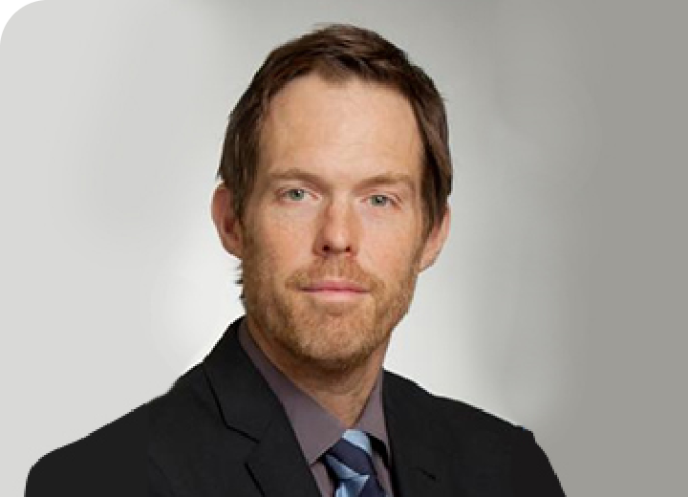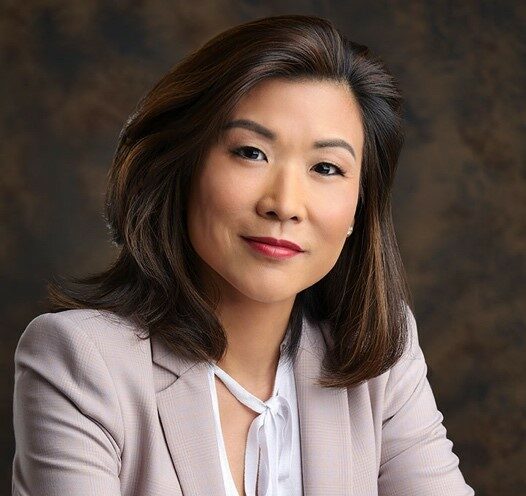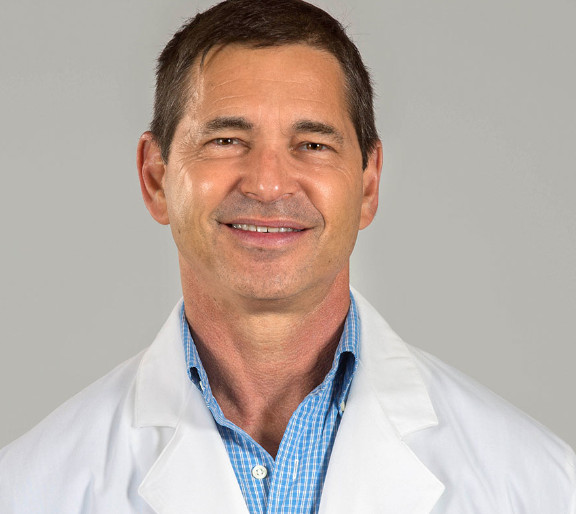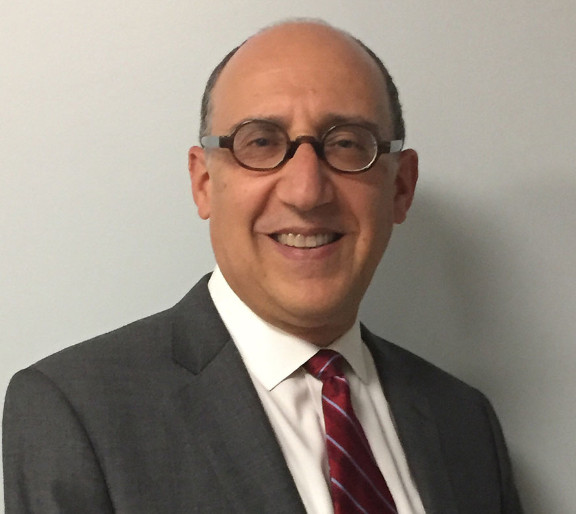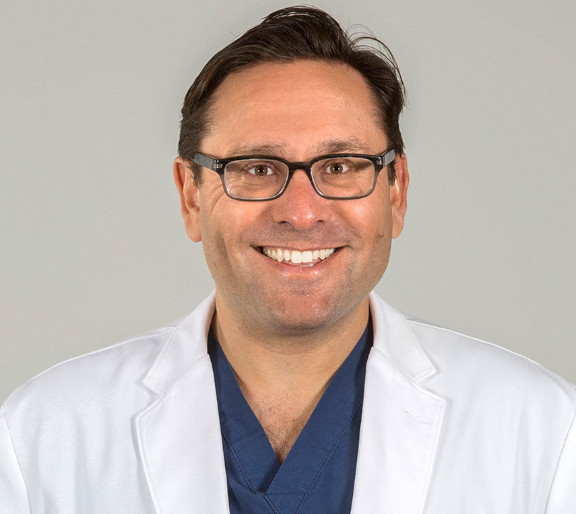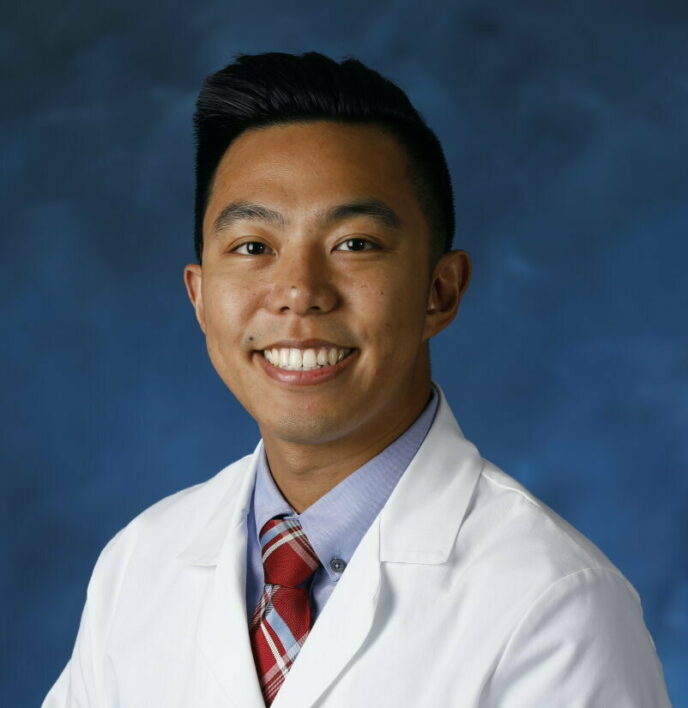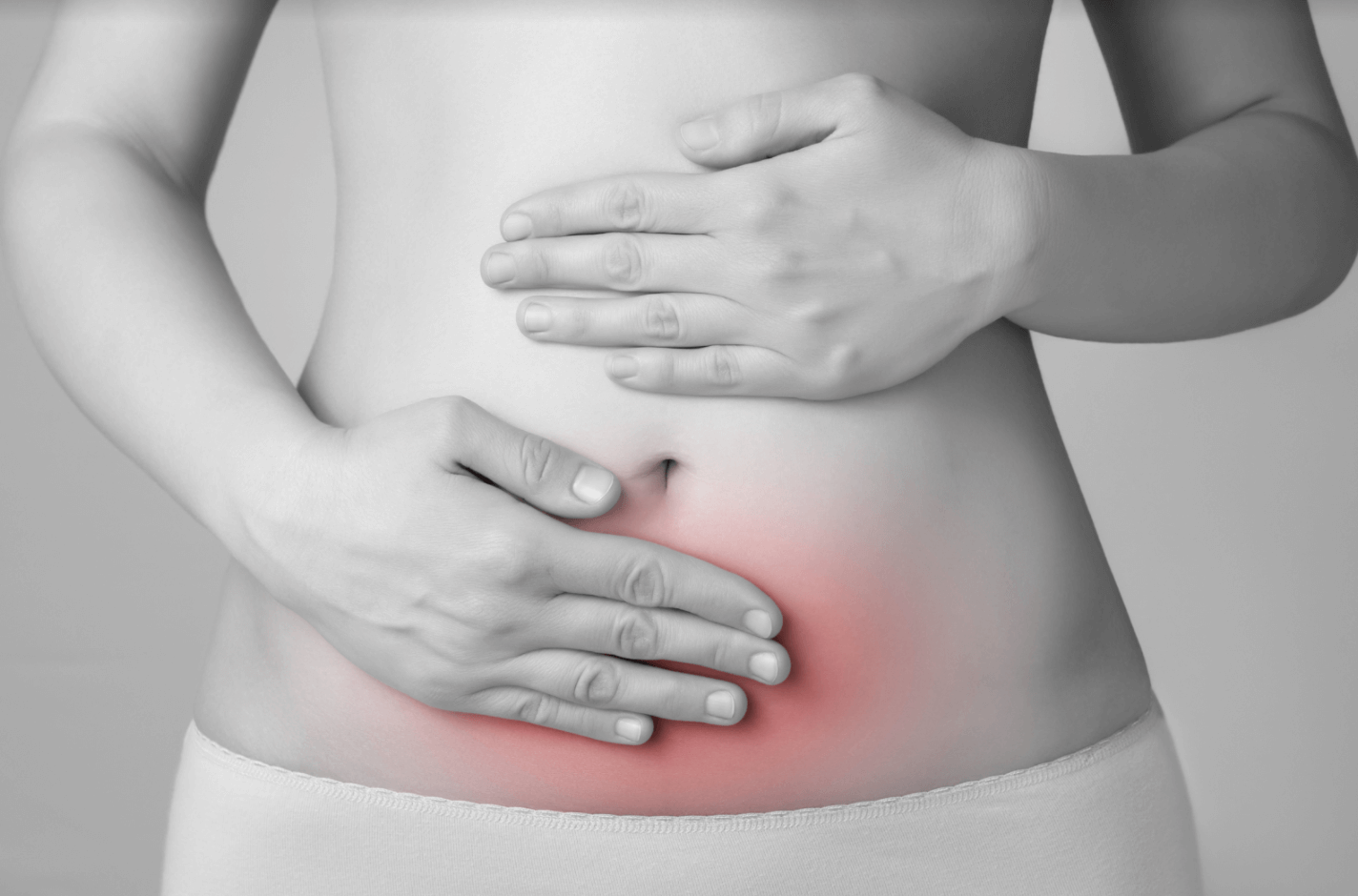
What are the Risk Factors for Adenomyosis?
Adenomyosis occurs when the tissue that lines your uterus grows into the muscular walls of the uterus (myometrium), causing the uterus to thicken and enlarge. Many women aren’t aware they have adenomyosis because the condition doesn’t always present symptoms. In some cases, adenomyosis can cause painful periods, heavy or prolonged menstrual periods, blood clotting, and abdominal/pelvic pain.
If you’re experiencing symptoms of this condition, it’s important to get evaluated by a specialist and get an accurate diagnosis. At American Fibroid Centers, our affiliated physicians use the most advanced technology to detect all types of uterine fibroids which can look similar to adenomyosis. Below, you can read more about the risk factors of adenomyosis and what signs to look out for so you can get the treatment you need.
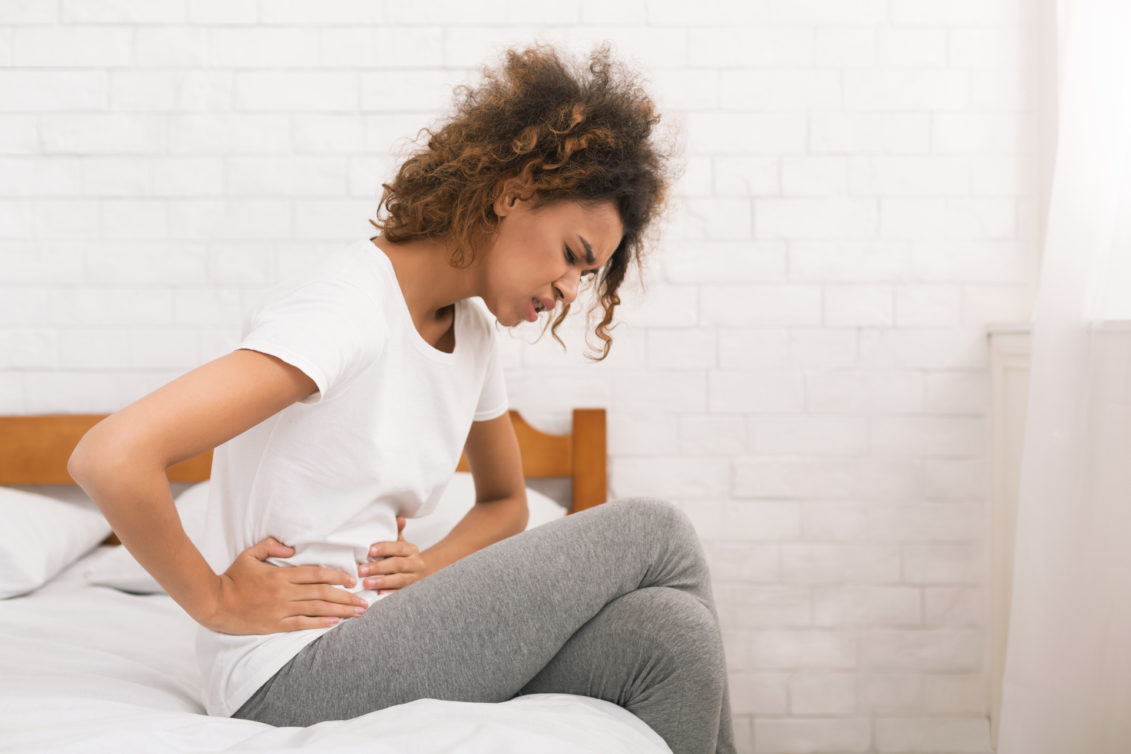
Common Adenomyosis Risk Factors
Experts aren’t exactly sure what causes adenomyosis, however, there are several risk factors that contribute to its development. Fortunately, the condition often resolves after menopause. Most cases of adenomyosis are found in women between the ages of 40 and 50. Meet with an affiliated physician at American Fibroid Centers in NY or NJ today if you think you may be at an increased risk.
Middle Age
Women 40 to 50 years old are considered to be in their late childbearing years, which puts them at an increased risk of adenomyosis. This is most likely related to longer exposure to estrogen compared with that of younger women. If you’re in your 40s and have one or more symptoms of adenomyosis, you should meet with your doctor.
Multiple Pregnancies
Studies show that women who have given birth at least twice are more likely to develop adenomyosis, given the hormonal changes that occur during pregnancy. Inflammation of the uterine lining after a child is born might disrupt the normal boundary between the endometrial cells of the endometrium and the uterine wall.
Prior Uterine Surgery
Surgeries, such as C-sections, dilation and curettage (D&C), or the removal of fibroids, can increase a woman’s risk of adenomyosis. Incisions made during these types of procedures might promote the direct invasion of the endometrial cells into the walls of the uterus. If you’ve undergone previous uterine surgery, let your physician know.
Who is at High Risk for Developing Adenomyosis?
Evidence suggests that prolonged exposure to estrogen, such as during menstruation and pregnancy, can lead to adenomyosis. Although it is more common in women in their late childbearing years, the condition can affect women at any age. Those at a higher risk of developing adenomyosis include women who:
- Are 40-50 years of age
- Have given birth two or more times
- Have undergone prior uterine surgery
- Began their menstrual periods at age 10 or earlier
- Have endometriosis or fibroids
- Have had shorter-than-usual menstrual cycles
- Have been diagnosed with infertility

How to Prevent Adenomyosis
There are currently no preventative measures you can take for adenomyosis, other than choosing not to get pregnant and give birth. Women with adenomyosis may experience symptoms that interfere with their daily lives. A variety of treatments, such as non-steroidal anti-inflammatory drugs (NSAIDs) and birth control pills, may help to ease the pain and bleeding associated with this condition.
Our Fibroid Specialists
At American Fibroid Centers, our affiliated physicians are among the nation’s most respected providers of endovascular procedures, helping patients find long-lasting relief from their painful symptoms. They proudly diagnose and treat uterine fibroids in a safe and comfortable outpatient setting. Schedule a consultation with one of our affiliated physicians in NY or NJ today!
What Our Patients Are Saying
Learn more about our patients’ experiences at American Fibroid Centers.
From the Experts
Get to know more about the symptoms, causes, treatment, and care of Uterine Fibroids.


